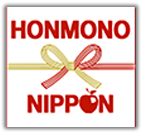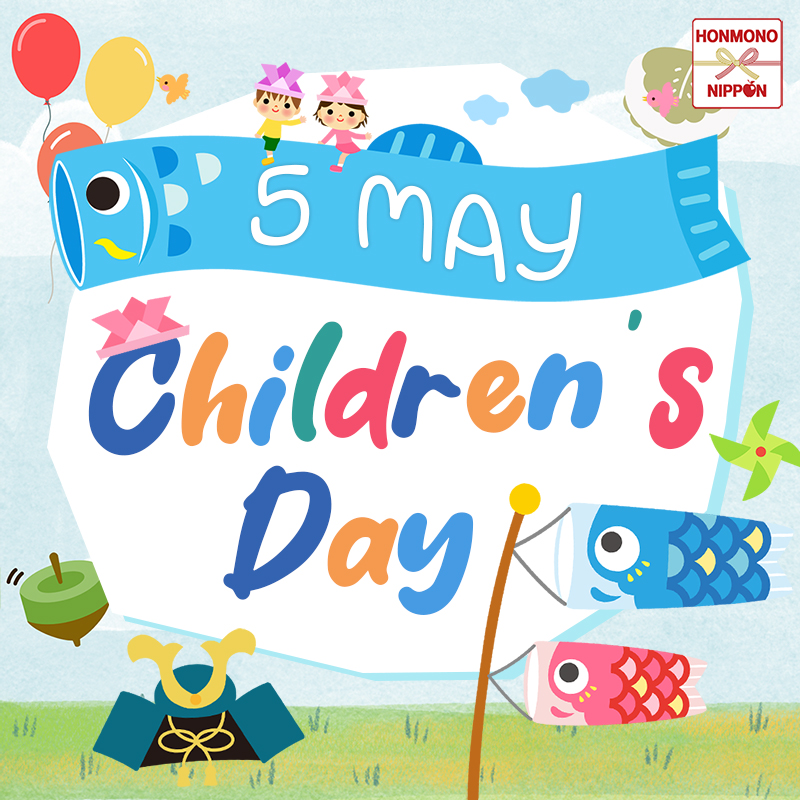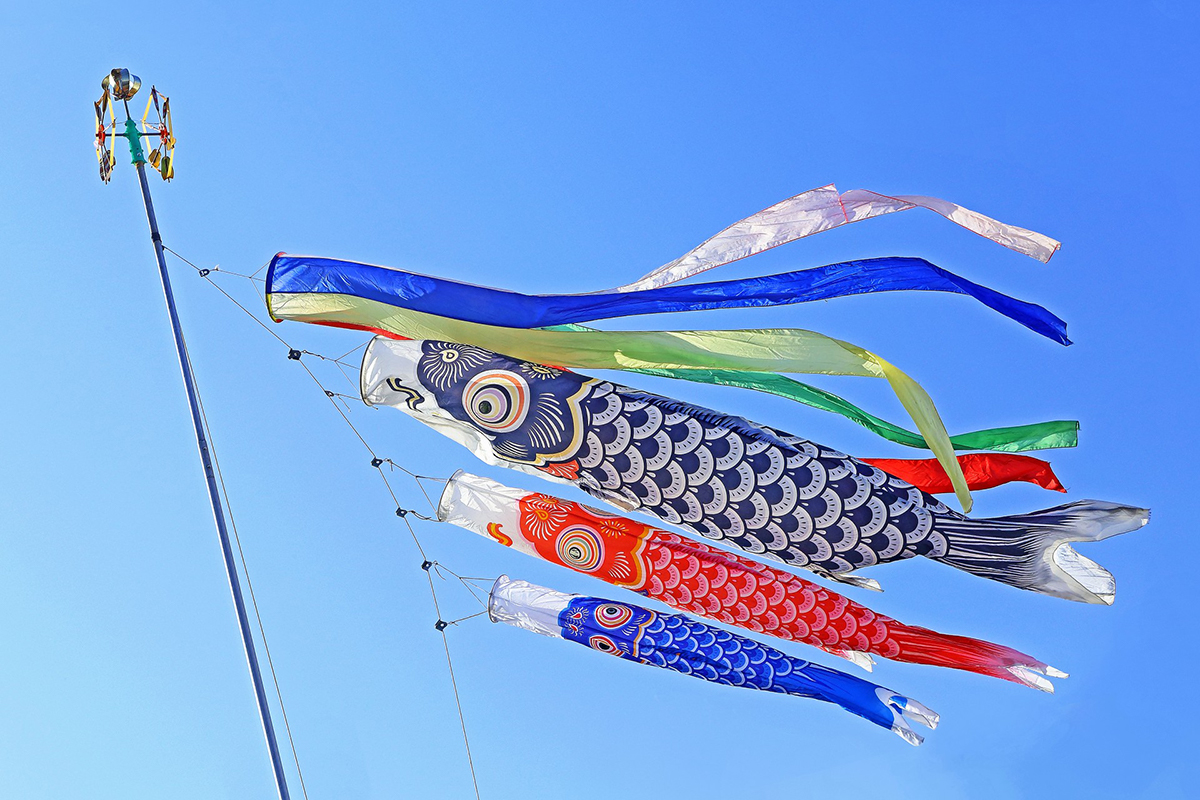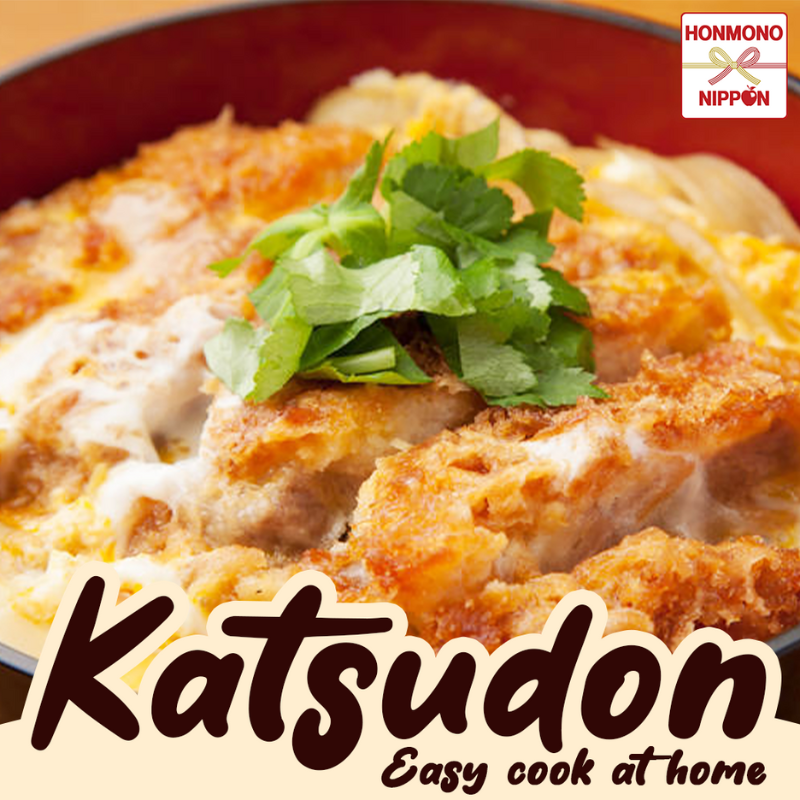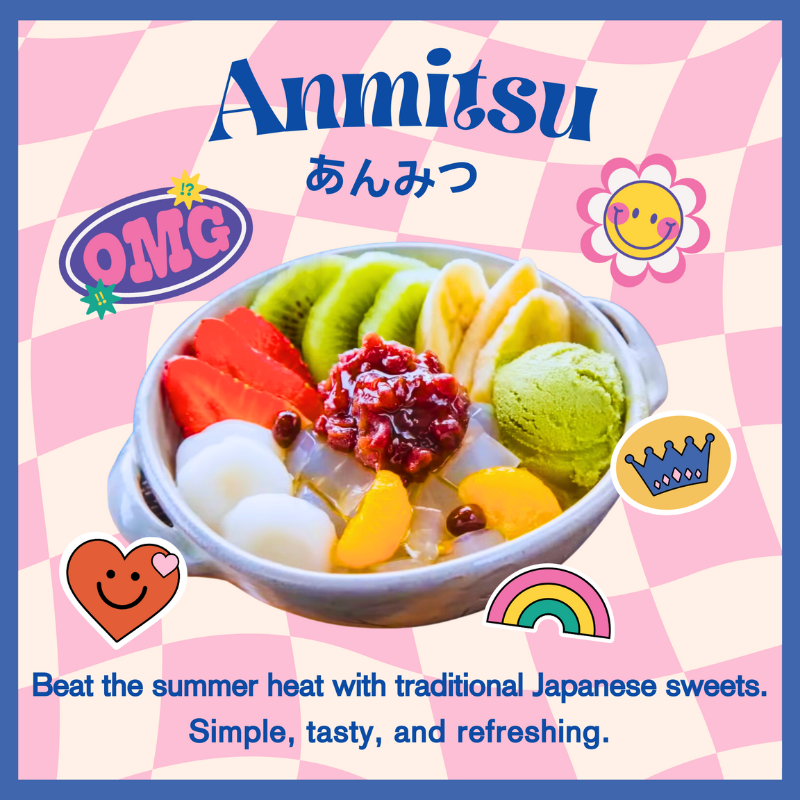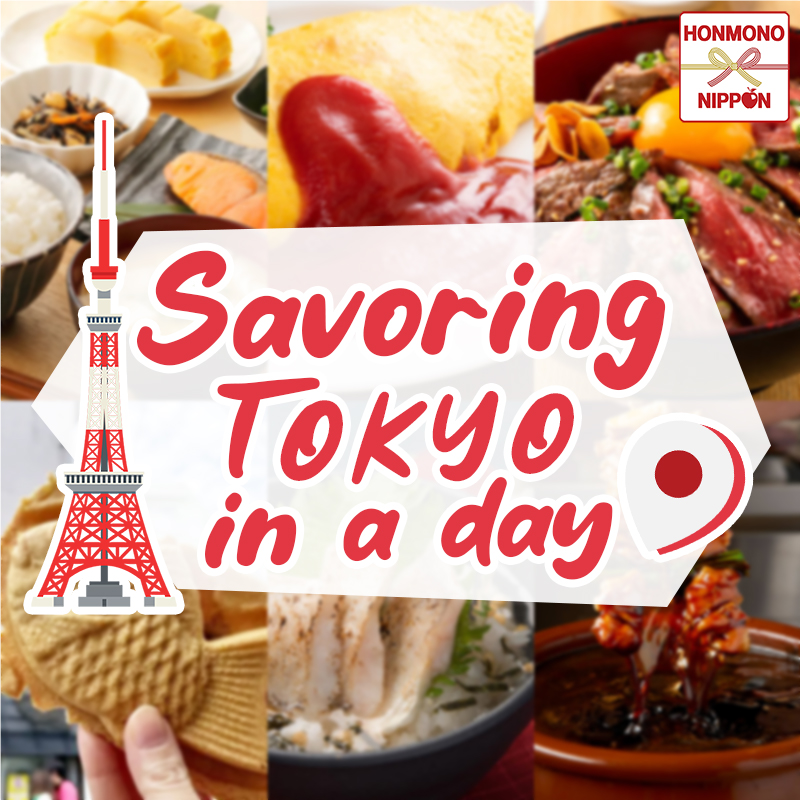
Katsudon
25/04/2023Children’s Day (Japan)
May 5th – Children’s Day (Japan) ~~~ (こどもの日, Kodomo no Hi)
Historically, May 5th is regarded as a celebration for boys called “Tango no Sekku” (端午の節句, Tango no Sekku), influenced by China and the village of warrior families since the Edo period, while for girls, there is also a festival called “Hina Matsuri” (ひな祭り) held on March 3rd every year. However, neither festival is a national holiday. Later, in 1948, the Japanese government declared May 5th to be National Children’s Day, which included both boys and girls. To celebrate their healthy growth and acknowledge the merits of parents who take good care of their children.
On Japanese Children’s Day, there is an activity that is still done today and is considered a symbol of the day, “Koi no Bori” (鯉のぼり), which is the decoration of a carp streamer in front of a house where children live. Because the Japanese believe that carp are strong, patient, full of energy, and enthusiasm. Able to overcome obstacles until reaching the goal same swimming upstream to lay eggs on headwaters. There is also a Chinese-influenced belief that strong carp can swim upstream of the Yellow River and eventually turn into dragons.
Decorated with carp streamers, there will be at least three fish, the largest and black being the father fish, the next red being the mother fish, and the blue being the baby fish. If a family has more than three members, they can increase the number of carp by choosing orange, green, or purple.
Aside from decorating the carp streamer, there are many other events that take place during this festival, such as
• “Gogatsu Ningyo” (五月人形), is displayed traditional ornaments made up of samurai helmets (Kabuto), armor, warrior dolls, and boy dolls to remember the bravery of former warriors who went to war. The display is set up around a month before Children’s Day and finished 2-5 days after in beautiful weather because it is believed to keep children healthy and strong.
• “Shobu-yu” (しょうぶ湯), is a hot bath with Shobu leaves, a medicinal plant with sword-like leaves. It is believed children will grow up strong, know how to fight against evil, and stand up for justice.
• Eating “Kashiwa mochi” (かしわもち), a mochi stuffed with crushed red bean paste wrapped in Kashiwa leaf (oak leaf), is considered by the Japanese to be a symbol of succession, strength, and success in life. Because the Kashiwa tree does not shed its leaves till the new shoots appear.
And because it is one of Japan’s Golden Week holidays. According to various locations, therefore, decorating and organizing activities for children to enjoy with family like making a carp flag and making samurai helmets (kabuto) out of paper as well.
Source: Wikipedia, Japanesebyeri, Kiji, Japancheckin, Fun-japan, Womjapan
#วันนี้วันอะไรกับฮอนโมโนนิปปอน #Honmononippon #ฮอนโมโนนิปปอน #คิดถึงอาหารญี่ปุ่นคิดถึงฮอนโมโนนิปปอน #วันเด็กแห่งชาติของญี่ปุ่น #KodomonoHi #วันเด็กผู้ชาย #Japanchildrenday
